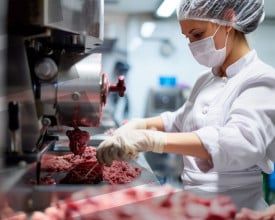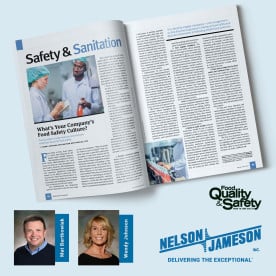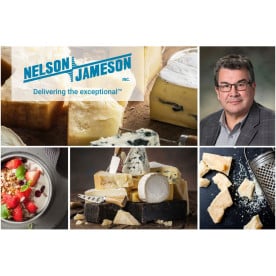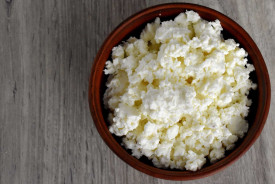safe
- May 03, 2021
As an employee of Nelson-Jameson for seven years now, I am continuously impressed with the number of projects and developing capabilities that are in process. All of these undertakings are done with one aim in mind: to help our customers create safe, quality food in the most efficient way possible. With this in mind, we actively seek out services, above and beyond our products and programs, to holistically meet our customer’s needs. Here are just a few of the programs that we offer, that you may not be aware of:
Lab Design & Furniture: Yes, you read that right! We partner with PSA Lab Furniture to offer lab design and lab furniture services. Through this partnership, we are able to offer free design plans and estimates for your next lab revamp or new lab construction. We’re talking hoods, surface tops, cabinets, etc. Coupled with our wide range of
- November 23, 2020
Thanksgiving is the holiday we are all familiar with that originated from when the Pilgrims celebrated their first successful harvest in America around the 1620's. Today most families celebrate this holiday by spending time with family and expressing what they are most grateful for. For my family, one of our favorite traditions is watching the Macy's Thanksgiving Day parade and eating one of the largest meals that is prepared once a year for this holiday. This year, instead of the usual things we give thanks to, let's focus on giving thanks to food safety and all of the work that goes into keeping the food we consume on Thanksgiving, safe.
According to the USDA, "in calls to the United States Department of Agriculture Meat and
- November 09, 2020
According to the FDA, "one of the most commonly documented food safety problems in plants have involved sanitation monitoring, including checking food-contact surfaces and plant cleanliness" (Schug, para. 1). To make matters even more complicated, the
COVID-19 pandemic disrupted normal operations as well for countless food and beverage manufacturers. Disruptions may occur due to limited staff because of layoffs, social distancing requirements, or sickness. These situations on top of the normal expectations of having a clean food plant, can lead to the need of resources for food safety sanitation.It is essential that food manufacturers create safe, quality food, therefore, routine practices need to continue, and additional sanitation protocols may need to be added. Employers also need to ensure a safe environment for their staff, including minimizing the risk of being exposed





